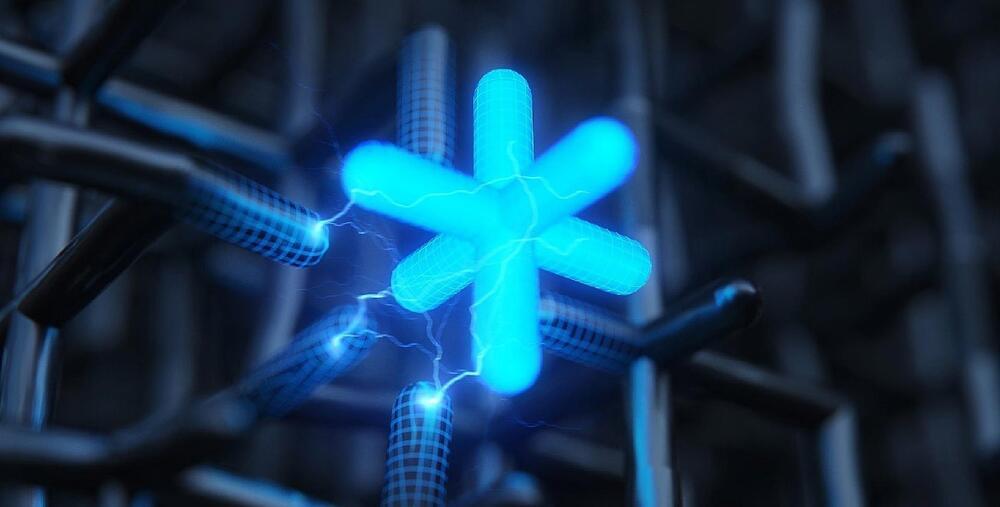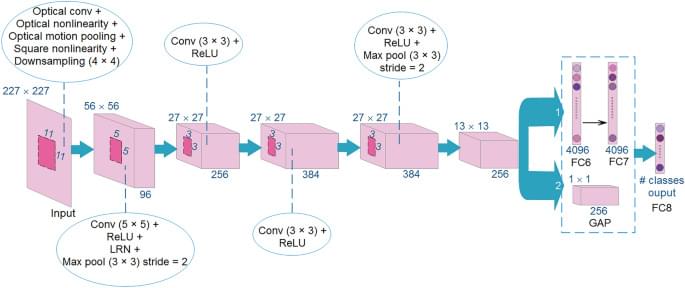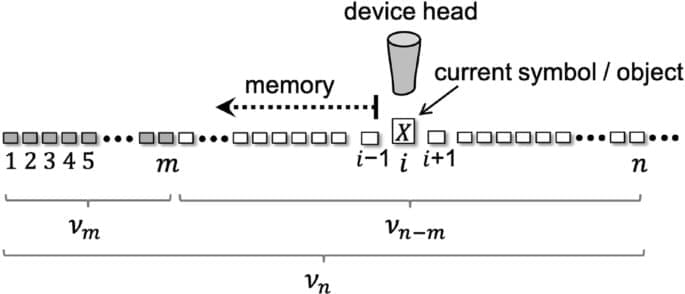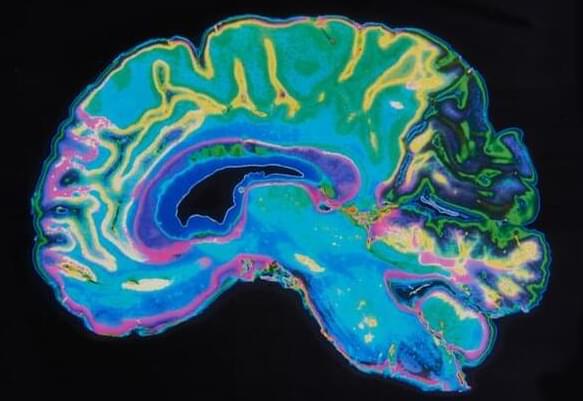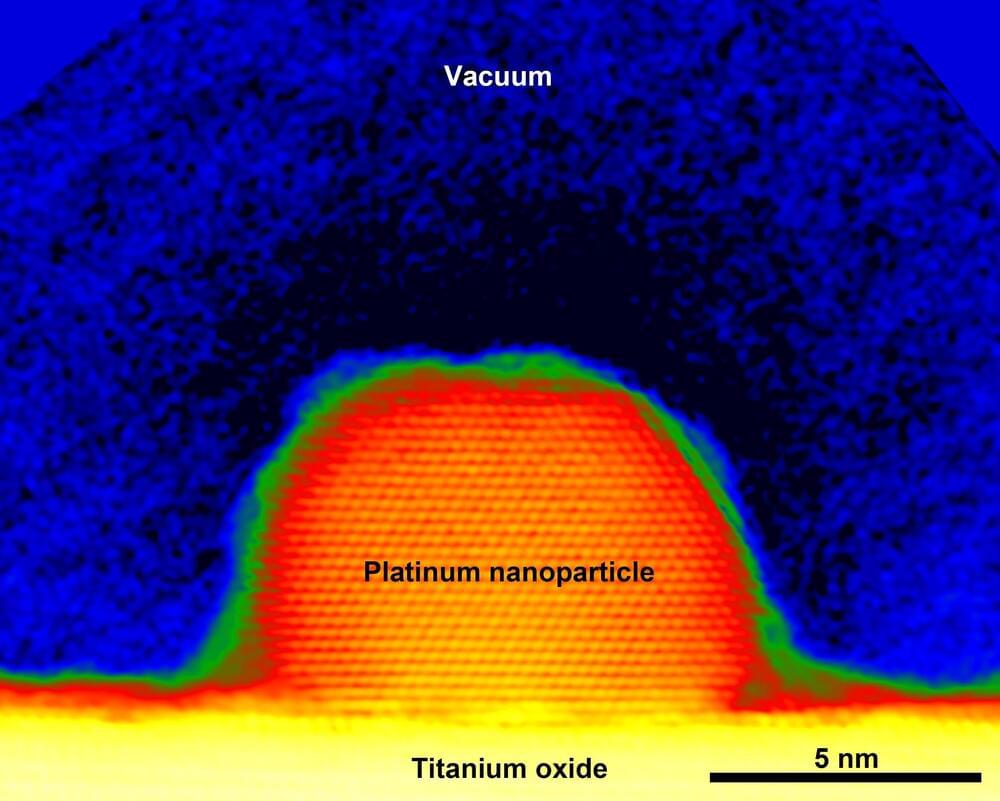Inspired by the way termites build their nests, scientists at the California Institute of Technology (Caltech) developed a framework to design new materials that mimic the fundamental rules hidden in nature’s growth patterns. The researchers demonstrated that by using these rules, it is possible to create materials designed with specific programmable properties.
The research was published in the journal Science on August 26. It was led by Chiara Daraio, G. Bradford Jones Professor of Mechanical Engineering and Applied Physics and Heritage Medical Research Institute Investigator.
“Termites are only a few millimeters in length, but their nests can stand as high as 4 meters—the equivalent of a human constructing a house the height of California’s Mount Whitney,” says Daraio. If you peer inside a termite nest you will see a network of asymmetrical, interconnected structures, similar to the interior of a sponge or a loaf of bread. Made of sand grains, dirt, dust, saliva, and dung, this disordered, irregular structure appears arbitrary. However, a termite nest is specifically optimized for stability and ventilation.
